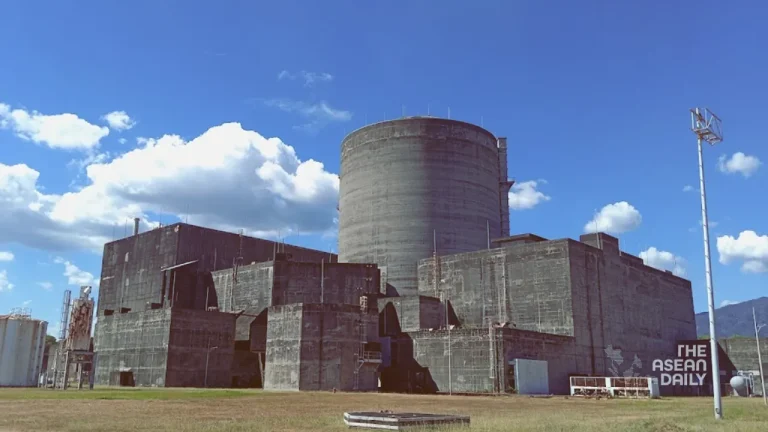6-1-2025 (MANILA) The Philippines is contemplating the resurrection of its dormant Bataan Nuclear Power Plant, as the nation grapples with escalating electricity costs. The controversial facility, which has remained inactive for nearly four decades, has become the focal point of a renewed discourse on nuclear energy in the Southeast Asian nation.
The Department of Energy recently achieved a milestone by meeting the International Atomic Energy Agency’s preliminary requirements for nuclear facility development. Energy Undersecretary Sharon Garin confirmed this advancement, noting that the country can now proceed with nuclear development pending regulatory framework implementation.
The £1.8 billion Bataan facility, situated roughly 100 kilometres west of Manila, stands as a testament to the country’s first nuclear ambitions under former President Ferdinand Marcos Sr. Built by American firm Westinghouse with a designed output of 621 megawatts, the plant never became operational following Marcos’s departure from power and growing safety concerns in the wake of the 1986 Chernobyl disaster.
Despite its dormancy, the facility continues to burden taxpayers with annual maintenance costs ranging from 40 to 50 million pesos (approximately £580,000). A recent agreement with South Korea to assess the plant’s rehabilitation requirements has intensified discussions about its potential revival.
Josef Yap, who formerly headed the Philippine Institute for Development Studies, criticised the plant’s mothballing as “politically motivated” rather than technically justified. The Philippine Nuclear Research Institute’s director, Carlo Arcilla, dismissed comparisons to Chernobyl, emphasising fundamental design differences between Western and Soviet nuclear facilities.
“The Westinghouse design incorporates crucial safety features absent in Chernobyl’s Soviet-era architecture,” Arcilla explained. He projects that recommissioning Bataan could introduce nuclear power to the national grid within five years, significantly faster than constructing new facilities.
However, the revival faces substantial opposition. Environmental scientists, including Professor Kelvin Rodolfo, have raised alarming concerns about the plant’s location near a potentially active volcano and fault line. Clean energy advocates argue for alternative renewable sources, with Gerry Arances of the Centre for Energy, Ecology, and Development advocating for “proven safe options” like solar and wind power.
The government aims to incorporate nuclear energy into its power mix by 2032, particularly crucial as the country’s Malampaya gas field depletes. Yet, public acceptance remains a significant hurdle, with lingering memories of past corruption allegations and safety concerns shaping current debates.




